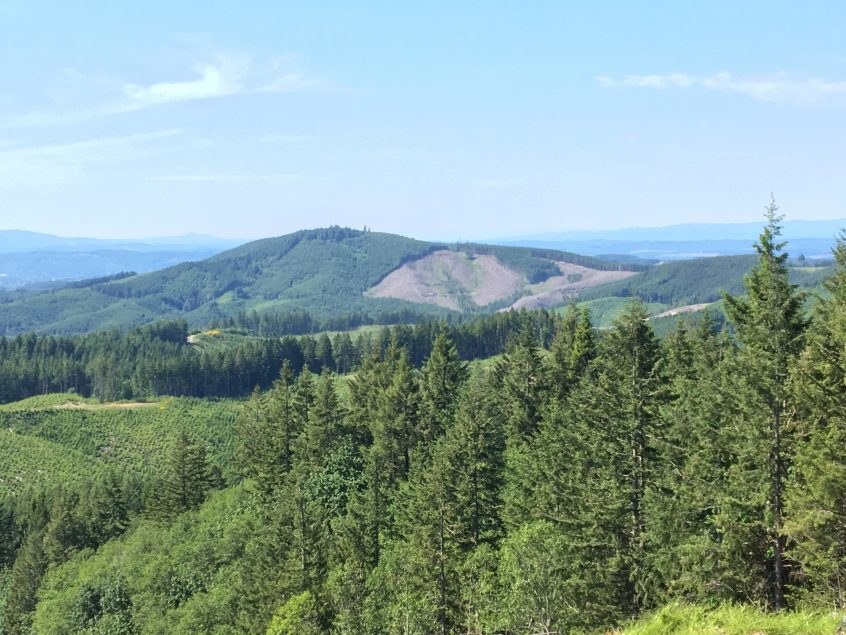Washington has become an epicenter for innovation when it comes to using wood slash from forests to make jet fuel for airliners, according to a new story in the Seattle Times.
Alaska Airlines recently flew the first commercial flight using jet fuel from wood, a milestone that stemmed from five years of research and testing conducted by the Washington State University-led Northwest Advanced Renewables Alliance (NARA).
Producing a new generation of modern, clean jet fuels made from renewable woody material from sustainably managed forests will be a critical element of the broader effort to combat climate change. One dry ton of woody biomass is treated to accelerate fermentation to make approximately 45.6 gallons of biofuel for airplanes…
“The beauty of this fuel is that we’re using the forest residue not used in other wood products,” says Michael Wolcott, Director, Institute for Sustainable Design, Washington State University, co-project manager for the NARA project. “We’re taking a waste byproduct and turning it into something highly useful and valuable.”
The project at WSU is about more than just jet fuel.
Stakeholders are looking toward the future, with an eye to sustainability. “We are working on developing hybrid poplar plantations as a sustainable source of energy feedstock for the future, low-carbon bio-economy,” says Brian Stanton, Chief Science Officer at Greenwood Resources.
Using wood for fuel would have a huge impact on local economies, including rural communities.
This clean jet fuel is good for Washington’s economy as well as the environment. According to NARA, one biofuel plant located in the forested region between the Cascade Mountains and Pacific Ocean would create more than 1,900 new jobs, including biomass harvest, transportation and conversion into fuel. The total economic benefit is estimated at $650 million.
